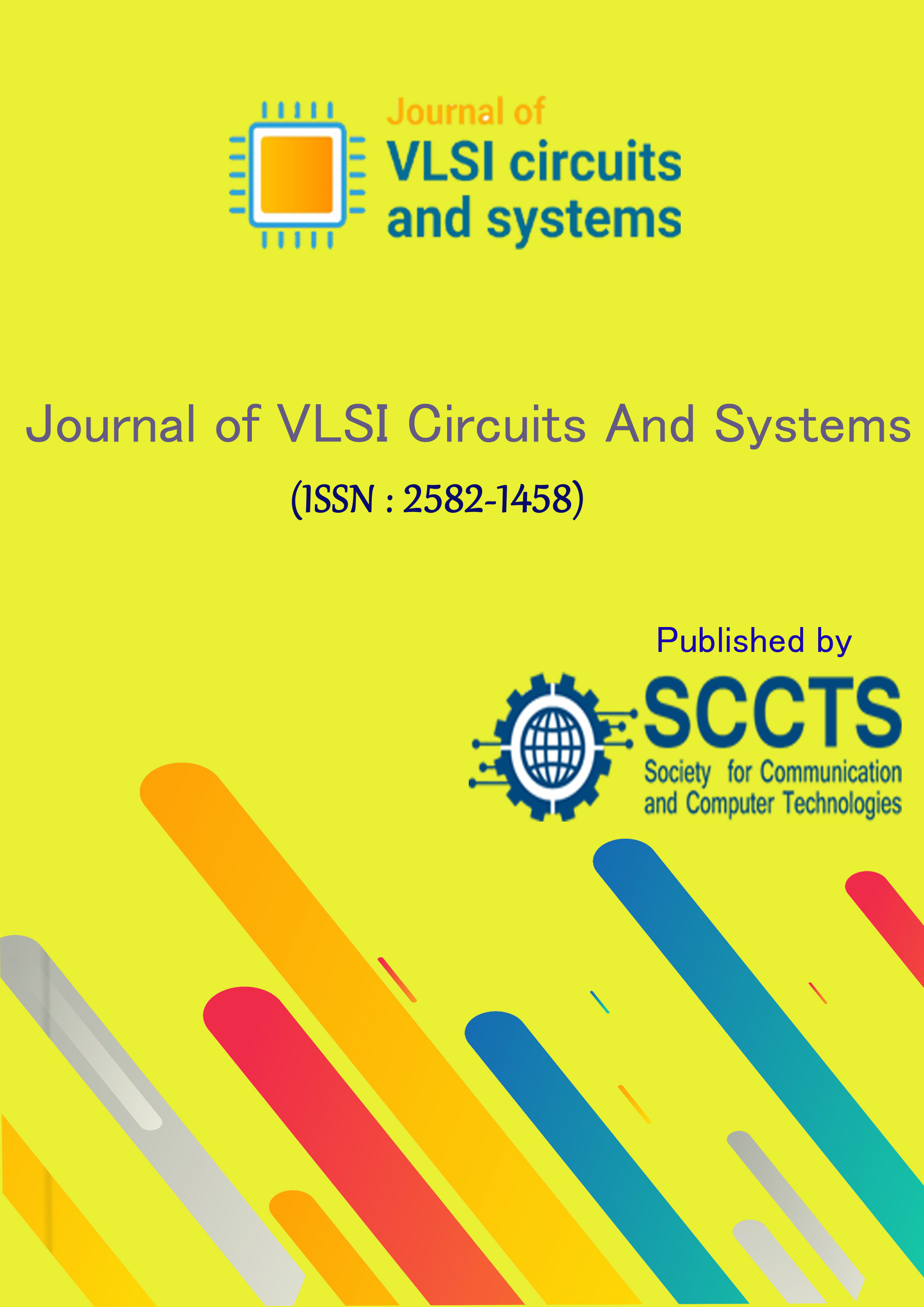Implementation of Fundamental Modules Using Quantum Dot Cellular Automata
DOI:
https://doi.org/10.31838/jvcs/04.01.03Keywords:
CMOS, Nanostructure, Polarization, Quantum dot, Transistor less modelAbstract
This paper aims to design logic gates and flip flops using QCA. This paper demonstrates the implementation of logic gates. (AND GATE, OR GATE, NOR GATE, NOT GATE, EXORGATE, X-NOR GATE, NAND GATE) and flip flops (SR flip flop, JK flip flop, D flip flop and T flip flop) using QCA designer tool software. Using QCA, we can reduce power dissipation, increase the speed of operation, and decrease area size. QCA is known as Quantum Dot Cellular Automata, and it is a transistor less model. We don’t need transistors, resistors& capacitors to build or design any logic gates and flip flops. QCA is a square shape nano-structure that can perform computations. Instead of transferring information through current and voltage, it transfers the information in the form of polarization. The QCA cell basic structure consists of four quantum dots and two electrons. These two electrons can occupy any of the four quantum dots and tunnel between them but can’t come out due to high barrier potential










